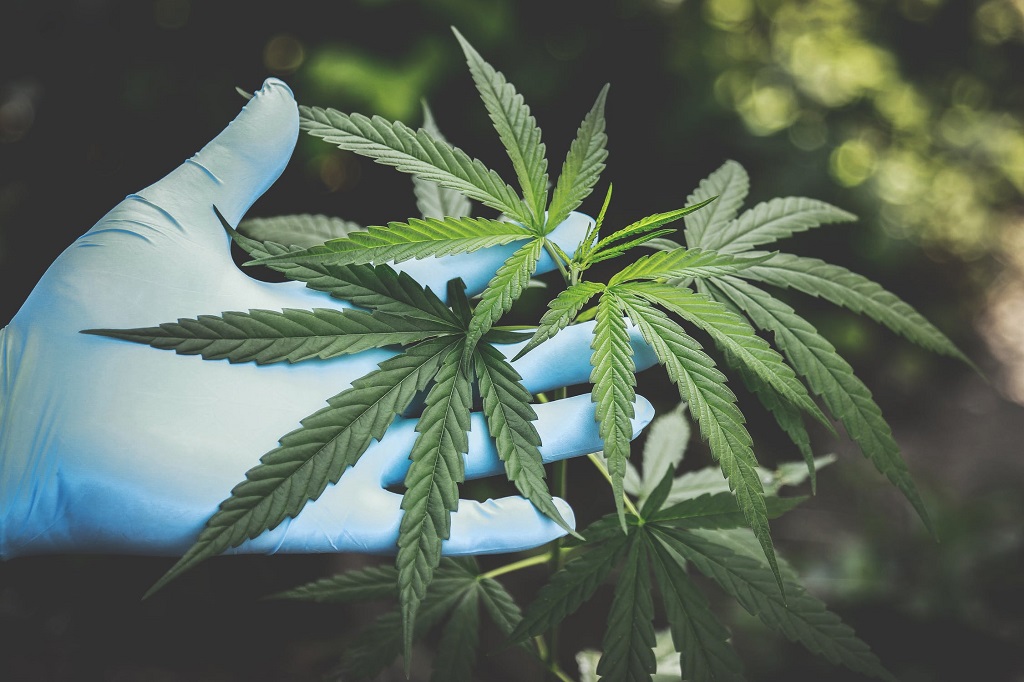
At the core of its functionality, 3D printing is a building system that lends itself to sustainability and a diversity of materials. Since 3D printing cuts down on the waste and manufacturing process of other construction methods, users can lower their carbon footprint. Add to that renewable materials, and a greener future is in store for humanity.
Emerging at the forefront of these green materials being used to 3D print is hemp. This dense fiber is legal to be grown in the United States (as long as it falls below a .03 percent threshold for THC) and is a sustainable, eco-friendly crop. In 3D printing, it can be used as a plastic alternative.
But what are the full capabilities of hemp in 3D printing? Can using this material really make an impact on the environment?
We look into the details.
The Flourishing Hemp Industry
Hemp is a variety of Cannabis sativa, but unlike the strain of cannabis that is used as a drug, hemp does not produce any psychoactive effects. This is because hemp contains a higher proportion of cannabidiol (CBD) than tetrahydrocannabinol (THC), which typically negates any psychoactive properties.
In the United States, hemp was illegal to grow or sell until 2018. New farming laws changed that by removing hemp from regulation as a controlled substance, opening up a new crop to American farmers. But the potential of hemp goes far beyond agriculture.
In fact, hemp is fueling a $22 billion industry. With the diversity of products hemp is capable of creating, manufacturers are investing in this sustainable, useful material in everything from carpeting to the highly popular CBD oil. This is why the market for hemp products is expected to triple by 2022.
This is huge for the 3D printing industry, where hemp is a perfect natural alternative to plastics.
Hemp in 3D Printing
In 3D printing, hemp is highly adaptable. Plastic settings and standards can be applied to hemp printing for biodegradable, highly recyclable products more durable than petroleum-based plastics. In fact, hemp plastics can be as much as 3.5 times stronger than their petroleum counterparts.
Filaments made out of hemp are often dye-free, non-toxic, and can be used and reused even in the event of a printing error. This makes these filaments highly useful and desirable as a construction material that cuts costs and speeds up the process. Advanced 3D printing techniques may even be capable of producing printed fibers that are both immensely strong and highly resilient.
3D printed hemp as a building material has made waves in the real world. Companies like Australian-based Mirreco are even developing homes made out of 3D printed hemp materials. In their prototype design, Mirreco integrated hemp in everything from floor to ceiling to demonstrate the possibilities of this material in construction.
The capabilities of natural fibers like hemp to enhance the 3D printing industry are immense. With strong, sustainable materials capable of nearly anything plastic is, hemp stands to make a real difference alongside 3D printing in the future of the global environment.
Hemp and 3D Printing Connected in Sustainable Development
The potential of 3D printing to impact sustainable development is unquestionable. This construction method allows for innovative, efficient designs that were previously impossible to create while, at the same time, reducing waste.
3D printing can achieve lighter, more durable parts through topology optimization. With less weight, aircraft and other vehicles don’t have to expend as much fuel, cutting both fuel costs and emissions. Additionally, the practice of 3D printing allows for the consolidation of manufactured parts through a more efficient design. This helps to reduce emissions from both factories and transportation.
Add the use of renewable materials like hemp to the potential of 3D printing, and the possibility to make an impact on global sustainability is real. This is vital in securing the future of global health and well-being by reducing pollution to air and water across the world.
Our World in Data found that, in 2015, 381 million tons of plastic waste had been produced that year alone. Each year this number goes up, piling up more and more plastic on land and in the ocean with lifespans often over 500 years. This stockpiling of waste pollutes our environment while using up our finite supply of fossil fuels.
Alternatively, natural fiber use like hemp in 3D printing creates recyclable and biodegradable products that cut down on pollution. With the increasing prevalence of options like these being made more and more economical, we are looking to move away from non-renewable building materials in decades to come.
Innovations like hemp in 3D printing represent the future of both 3D printing and construction as a whole towards a sustainable future worth investing in. When hemp and 3D printing connect, they have the capability to create durable, light-weight, and most importantly sustainable constructions likely to have a huge impact on the world’s environment and its industries.
